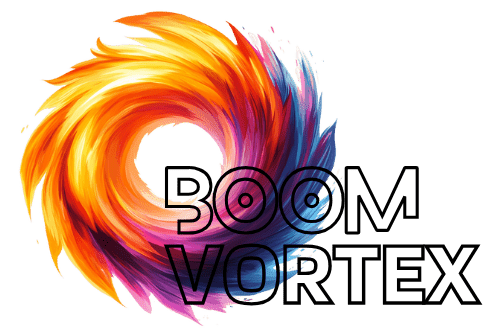Back in 2005, I was one of those angsty teens hopelessly drawn into the oh-so-dramatic world of a certain sparkly vampire. Yep, you nailed it—Twilight by Stephenie Meyer. This series stormed through the hallways of my high school faster than, well, a vampire! Suddenly, everywhere you turned, folks were debating whether they were “Team Edward” or “Team Jacob.” In my humble, dog-eared library card’s opinion, this marked an exciting new chapter for young adult (YA) fiction, leaving an indelible print on the genre.
Fast forward to today, I’ve transformed into a sentimental soul who eagerly wraps up in nostalgic embraces, cherishing how YA fiction has grown and evolved. This journey has been a colorful tapestry woven with diverse voices, exploring real-life grit and daring to flip the script on the ordinary.
From Sparkle to Grit: The early ‘00s
Let’s face it, the Twilight series was a sugar-coated escape, a guilty pleasure laden with melodramatic romance and swoon-worthy, albeit glitzy, vampires. These stories were as addictive as chocolate, painting love as a monumental force. Critics—yeah, the literati squad—were quick to brush off these books as fluffy or shallow. But dismissing them misses the point: they echoed the dreams and voices of teens, capturing their wild imaginations in the mainstream.
But, as with all trends, readers soon yearned for something a little more grounded and a bit more authentic. Enter books like Laurie Halse Anderson’s *Speak* or Jay Asher’s *Thirteen Reasons Why*. These gems peeled away the polished sheen, delving into the messier layers of teenage life—mental health snafus, cruel bullying, the puzzle of identity. And in their raw honesty, we discovered a new kind of escape, one rooted in empathy and reflection.
Diversity Joins the Shelf
Then came the roaring 2010s with a boom! YA fiction bloomed like a flower, generously welcoming voices from every nook and cranny—queer communities, cultures, races, you name it. Suddenly, stories were starting to look more like the world outside my window, and that was something extraordinary.
If I had to pick a game-changer, it might just be Angie Thomas’ *The Hate U Give* in 2017. That book—oh boy! It sent ripples through the genre, screaming truth about racial injustice and the breathtaking power of speaking out. Even now, I can recall the lump in my throat as I closed that book, a mix of frustration and resolve to see the world clearer, as it really is.
And oh goodness, let’s not forget about the magical lands that sprang up, like Tomi Adeyemi’s *Children of Blood and Bone*. High stakes and entwined with cultural richness, these stories didn’t just reflect faces like mine. They threw open windows to worlds I hadn’t imagined but now eagerly stepped into.
Revolution in Realism
And the metamorphosis didn’t stop there. YA authors kept embracing real-world issues. They pulled focused storytelling from fantastical realms into the heartbeats of reality. Books like *Darius the Great is Not Okay* by Adib Khorram brought nuanced mental health representation, while John Green’s *Turtles All the Way Down* tackled depression with raw, heart-wrenching honesty—as painful as it was enlightening.
Even love stories grew layers, rejecting their earlier clichés of being swept away by mythical creatures. These romances embraced consent, showing relationships that break traditional norms, daring to celebrate LGBTQ+ love in marvellous tales like Becky Albertalli’s *Simon vs. the Homo Sapiens Agenda*. *A Very Large Expanse of Sea* by Tahereh Mafi offered insight into complex, heartfelt narratives.
Graphic Novels and the Visual Surge
Then, enter stage left: gorgeous graphic novels and verse fiction, unfolding with the elegance of poetry. Who would’ve thought? Stories like Rainbow Rowell’s *Fangirl* converted into stunning graphic novels, while Noelle Stevenson’s work on *Lumberjanes* captured hearts visually, distilling emotions through art.
Leigh Bardugo’s breathtaking *Grishaverse* universe leapt off pages to become a Netflix sensation with *Shadow and Bone*. Stunning visuals married with storytelling—rounding out YA fiction’s reach!
A Neverending Shelf
Among all its pioneering journeys, YA fiction holds onto something wonderfully nurturing—its accessibility. Libraries are chock-full of exciting new YA books, and book fairs buzz with energy as folks hunt for their new favourite tomes.
Sure, we might have left behind Twilight’s sparkly trails, but the magic? That’s still here! Young adult books today have depth and courage—they heed the intelligence of young readers, acknowledging their journey through a kaleidoscope of emotions. And every character, every world unfurls yet another chance to learn, love, and question our universe.
Reflecting on how these stories have grown, the reader in me is bursting with hope, eyes teary, heart cracking open wide for the unexplored pages awaiting us.
*closes book with a wistful sigh, shakes off the blanket, and grins*

